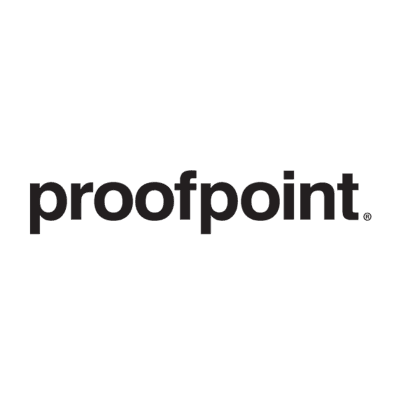Cybersecurity
Cloud
IT
Ironclad SCIM optimizes identity management in digital contracting, ensuring secure and efficient user access control.
1. Automated user provisioning and de-provisioning streamline onboarding and offboarding processes, ensuring timely access for new employees and revoking access for departing ones.
2. Role-based access control adjustments allow for dynamic permission changes as employees transition between roles, maintaining security and compliance.
3. Integration with HR systems enables real-time syncing of employee status changes with access rights, enhancing operational efficiency and security.
4. Automated compliance checks ensure that access levels comply with regulatory requirements, reducing the risk of non-compliance penalties.
What is Ironclad SCIM?
Ironclad SCIM streamlines identity management across cloud-based platforms, facilitating secure and efficient user authentication and authorization. This system supports standard user and enterprise attributes and can define custom attributes tailored to specific organizational requirements.
Value Proposition of Ironclad SCIM
By leveraging Ironclad SCIM, businesses can ensure high security and compliance in managing user identities, significantly reducing the risk associated with unauthorized access. The system's flexibility in supporting custom attributes allows for nuanced control and personalization, enhancing operational efficiency.
Who Uses Ironclad SCIM?
The primary users of Ironclad SCIM include IT, security, and compliance teams within organizations, particularly those involved in contract management and legal operations. These teams benefit from streamlined user management processes, improved security protocols, and enhanced compliance with regulatory standards.
How Ironclad SCIM Works?
Ironclad SCIM employs an open standard for automating the exchange of user identity information between identity domains or IT systems. It facilitates the integration of cloud-based applications like Ironclad with existing identity management systems, enabling automated user provisioning and de-provisioning, thus ensuring that access rights are kept up-to-date with employee status changes.














